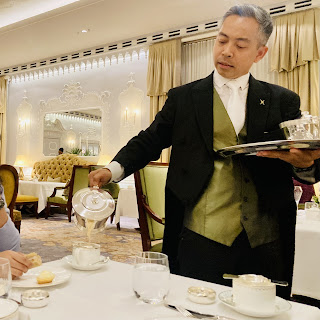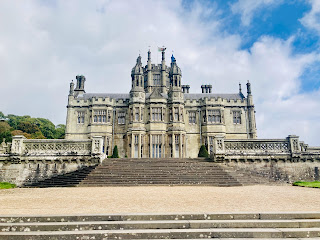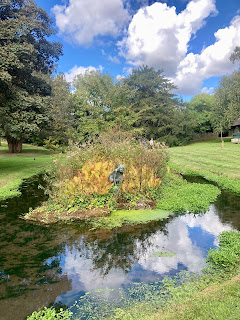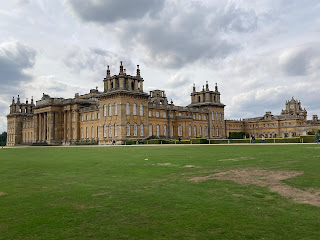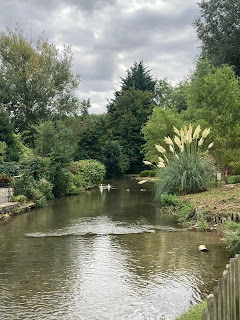Traditional English Breakfast
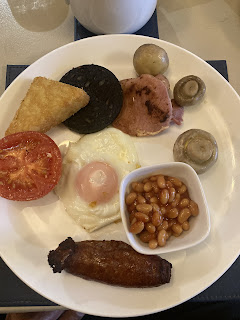
Traditional English Breakfast The full English breakfast, a veritable national institution, consists of fried eggs, sausages, back bacon, tomatoes, mushrooms, fried bread and often a slice of white or black pudding (oats and pig blood). It is accompanied by tea or coffee and hot, buttered toast. These days, it may also include other items such as baked beans and hash browns. The tradition of breakfast dates back to the Middle Ages, when there were usually only two meals a day; breakfast and dinner. Breakfast was served mid or late morning, and usually consisted of just ale and bread, with perhaps some cheese, cold meat or dripping. By Georgian and Victorian times, breakfast had become an important part of a shooting party, weekend house party or hunt and was served a little earlier. The gentry loved to entertain lavishly and that included breakfast. Breakfasts were unhurried, leisurely affairs with plenty of silver and glassware on show to impress the host’s guests. T...
